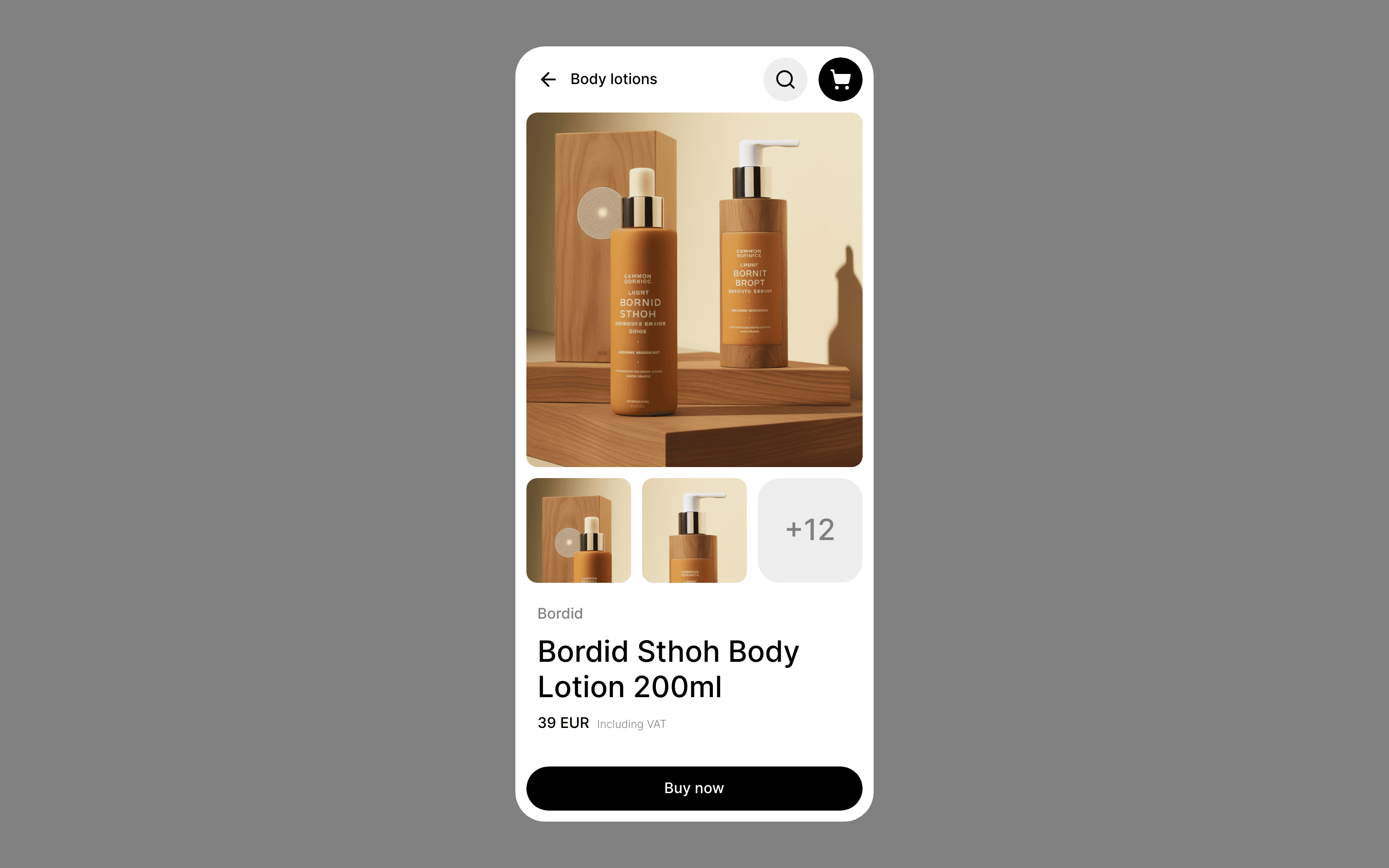Build Design Systems With Penpot Components
Penpot's new component system for building scalable design systems, emphasizing designer-developer collaboration.

medium bookmark / Raindrop.io |

Other than it being a whole new world of UI/UX design and other visual possibilities, there’s one more reason VR should be on your radar. Virtual Reality is not just about creating experiences, but also about bridging the gap between the possibilities of digital design and print’s physical impact.
What does that even mean?
Let’s rewind this up a bit, and hopefully you’ll see where I’m coming from.
I’m constantly re-evaluating the amount of waste that products I’m working on can generate. Projects which require a quality print finish are beautiful, but the production side of things and the amount of direct waste they can trigger often seems like a drawback. Digital seemed like the ideal solution to this problem, but it’s hard to reproduce the “feel” of a great heavy textured cardstock print on a screen, especially in terms of scale and mass. Print products always seemed to require an extra level of detail which I miss when working in digital.

Speaking of impact, Harry’s razor campaign in Shoreditch wouldn’t be the same if it wasn’t for the hairy billboards.
A 15×15 cm poster cannot have the same impact as a 15×15 m one. But how do you make something have the size factor when working in set screen sizes? The physicality of the product can play an integral part in how impactful it is. It’s a shame digital had to pass on that opportunity.
This is where VR steps in, because it gives digital work one of print’s most impactful qualities: mass. It makes the use of space possible! You can step in and between pieces, feel small or huge while next to something you created digitally: something that can move, be made out of light or flames, and that you can interact with. In a way, VR is digital design’s next step towards catching up with print. No, they’re not directly comparable, and each product’s material should depend on its purpose, but it is massively extending possibilities in terms of brand applications and it does make everything digital that little bit more exciting.
Valerian artworkers show that creating concept art with a real physical dimension makes it all the more effective.
The VR experience is definitely not fully caught up with the accessibility and comfort levels of print, but that’s the next big improvements for VR. Headsets are getting lighter, less intrusive, and quality and fluidity is constantly being pushed forward as well. If the user can forget they’re in VR to some extent they’re comfortable with, the experience is going to be all the more real and impactful.
Of course, there’s also still major chunks of physicality missing. How does VR re-create the horrible feeling you get when you scratch a chalkboard? (Why would you want to scratch a chalkboard?) Is haptic feedback really the next step? There’s definitely work being done to enhance feeling while in VR, but this then leads to ethical questions such as generating and inflicting all sorts of real sensations and feelings, including pain.
So, less waste, yet more “stuff”, what’s not to love?
One could even go as far as saying VR is big.
Either way, I hope this provides some food for thought, there’s so many opportunities for discussion on VR which I haven’t even touched on yet, so let me know what you think! Recommendations for similar articles are also always welcome.
You can find me on Twitter here, and check out my website here.
Show your support
Clapping shows how much you appreciated Sophie Rahier’s story.
Be the first to write a response…
prototypr.io
AI-driven updates, curated by humans and hand-edited for the Prototypr community